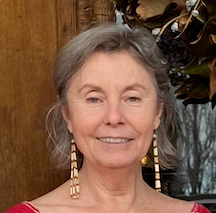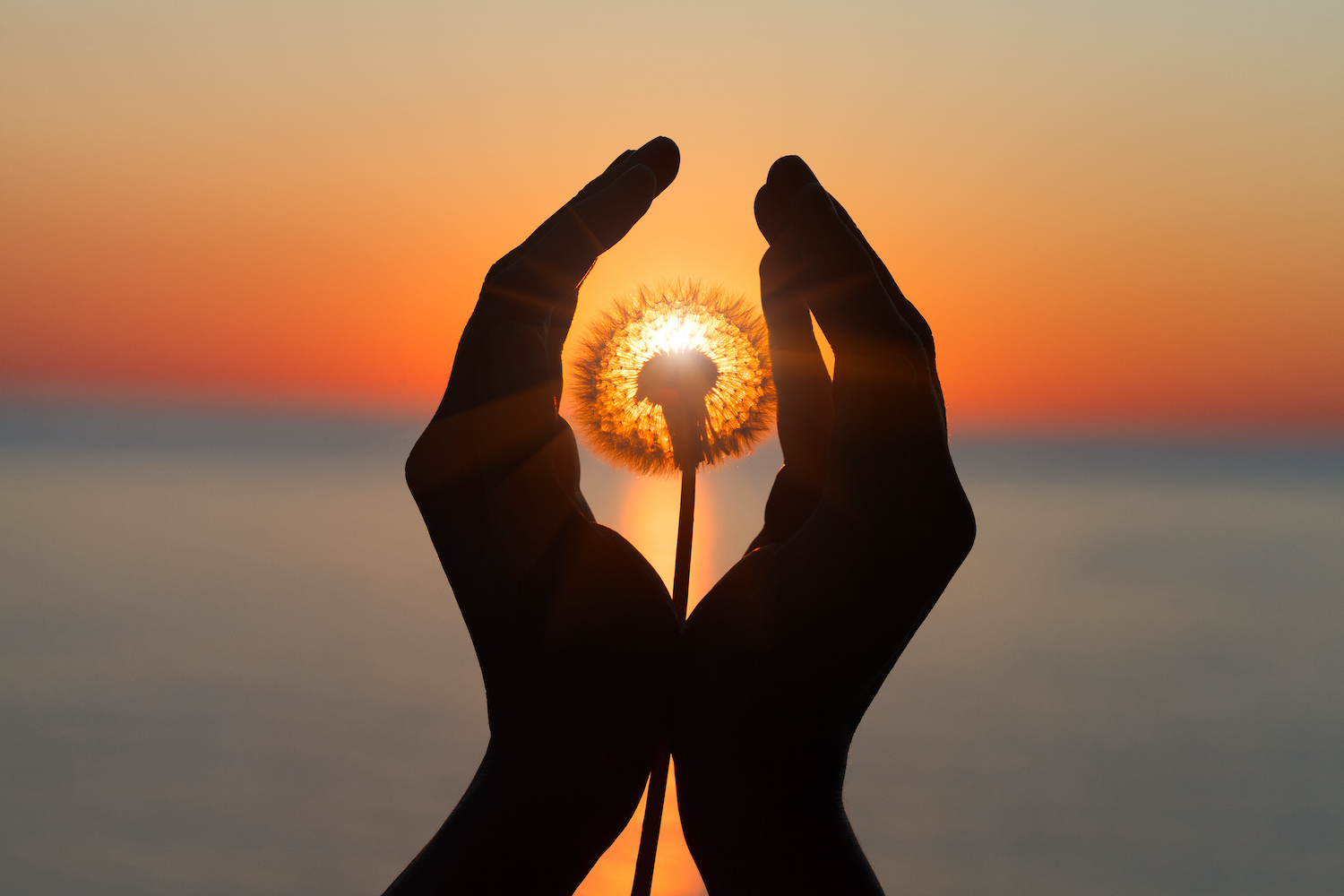How It Feels to Turn 70
by Swami Ramananda
It seems like any birthday that ushers us into a new decade brings with it a whole spectrum of feelings, and that is what happened for me last week. Turning 70 gave rise to that culturally influenced feeling, “OMG! I’m getting old.“ But I’m grateful that I also found it easy to see through that thinking by marveling how I feel so much the same. Isn’t it true that in some core place inside, we sense something, maybe just vaguely, that is unchanging even as we acknowledge the passing of time. I plan to keep tuning into that timeless presence within as I explore this next decade.
The other major theme that has emerged for me in these past few weeks, is a feeling of profound gratitude for all the blessings I have received in these 70 years. First of all, I think of the transformative teachings of Yoga that completely changed my life, and my guru, Sri Swami Satchidananda, for the way he made those teachings accessible and practical. Then, there is the opportunity I have had to meet and share these precious teachings with so many fellow teachers and students of Yoga all over the world. In this past week, I have received so much love and support from the vast network of our international spiritual family.
Reflecting back, I was fortunate to have the support of my loving family that I’m still very close to. At a very young age, I had the opportunity to live at Yogaville in the years that Satchidananda Ashram and the LOTUS shrine were first being built. The 20 years I spent at the Integral Yoga Institute in New York taught me so much about the importance of regular spiritual practice and a supportive community to keep one’s spiritual life in focus when surrounded by all the temptations of modern life. The past 12 years living here in San Francisco have equally contributed to my personal growth, giving me a tremendous opportunity to experience the joy of serving with a loving and dedicated spiritual family.
I am also grateful for the teachings and practices of Integral Yoga that have gradually transformed the way I understand myself and interact with the world around me. Gradually and organically, I have deepened my connection to an internal source of contentment and peace. By looking deeply within with compassionate and accepting awareness, I have been able to shine light into the dark corners of my psyche where old, unconscious beliefs have compelled me to seek happiness in unhealthy ways. Exposed, these old mental patterns that were etched into my mind have dissipated, leaving me much freer to experience joy and rest in an inner sense of oneness with the whole web of life.
Getting older has also inspired me to refocus on what is really important – how best to use my time and energy since they obviously are limited. It’s become clearer to me that I want to dedicate myself to that which is of utmost importance to me – sharing the teachings of Yoga in any way that I can. For example, it’s been suggested to me for some years now that I write a book about one of my favorite topics – how to integrate the teachings of Yoga into daily life. In the past, it has never felt like the right time. But now, a few things have fallen into place and I feel inspired to undertake this effort, sharing as best I can how Yoga can become a way of life. A good friend from my time in New York, Chandra Sgammato, has helped me submit a book proposal to Integral Yoga Publications.
One of the most fulfilling aspects of my life over the last 30 years has been to travel and share the profound teachings of Yoga to spiritual aspirants all over the world. By reducing the time I spend on administration and running the day-to-day operation of the Institute, I hope to be more available to lead graduate level teacher training programs, workshops and satsangs, and to support Yoga centers and sanghas wherever there is a need. While I am not adept at navigating the ever changing technology that we are compelled to employ these days, I feel it is my dharma to share the timeless teachings that have the potential to transform our daily lives. This is how I intend to focus my energies for the remainder of my life.
Join Swami Ramananda in celebration of his 70th trip around the sun for a Birthday – Brunch Potluck, in-person Saturday, August 12, 11am – 1:00 pm.
In lieu of gifts, we ask that you donate to Ramananda’s GoFundMe page to help raise funds to support him in shifting his focus from daily administrative tasks to sharing Yogic wisdom to a broader community. Read more
Swami Ramananda, C-IAYT, E-RYT 500, is the Executive Director of the Integral Yoga Institute in San Francisco, C-IAYT, and a greatly respected senior teacher in the Integral Yoga tradition, who has been practicing Yoga for over 45 years. Ramananda offers practical methods of integrating the timeless teachings and practices of Yoga into daily life, and transforming the painful aspects of human experience into steps toward realizing one’s full potential.
He leads beginner, intermediate and advanced level Yoga teacher training programs in San Francisco, and offers a variety of programs in many locations in the U.S., Europe and South America. Ramananda co-developed the Stress Management Teacher Training program with Swami Vidyananda, has trained many teachers to bring Yoga into corporate, hospital and medical settings, and has taught mind/body wellness programs in many locations. He is a certified Yoga therapist and founding board member of the Yoga Alliance, a national registry that supports and promotes yoga teachers as professionals. He is a co-founder of The Spiritual Action Initiative (SAI) which brings together individuals committed to working for social justice for all beings and for the care and healing of our natural world. His warmth, wisdom and sense of humor have endeared him to many.







